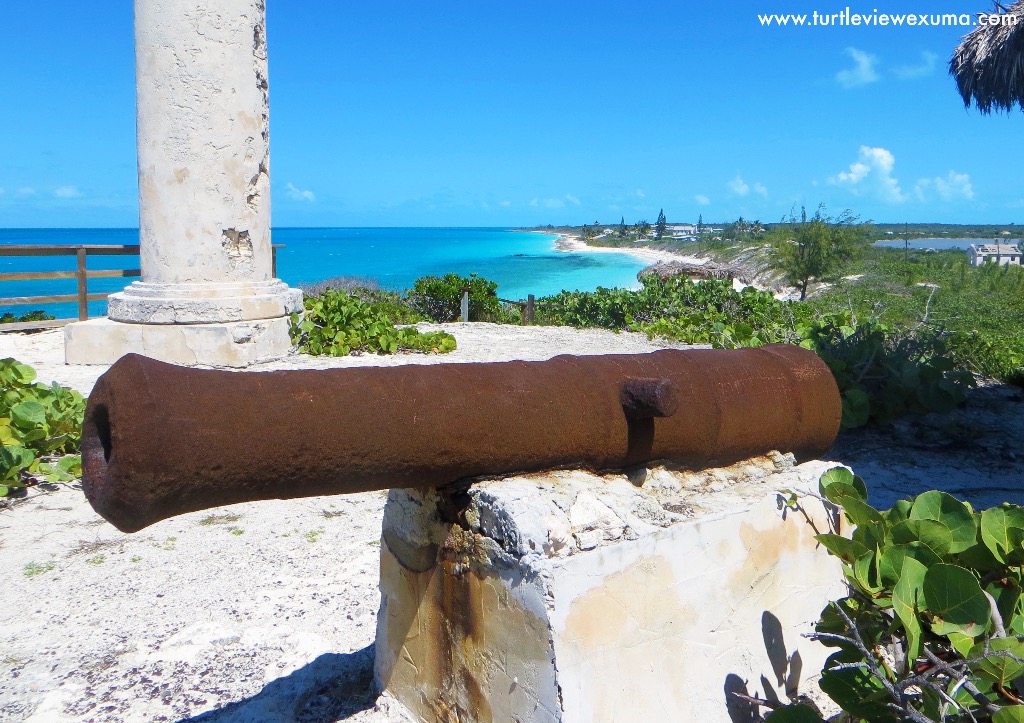The Hermitage
The Hermitage Estate in William's Town, Little Exuma, is a 970-acre cotton plantation, on the grounds of which stands the Cotton House, the oldest building in The Exuma’s. It was originally built in the 1750s by loyalists fleeing America.

·0 min read





